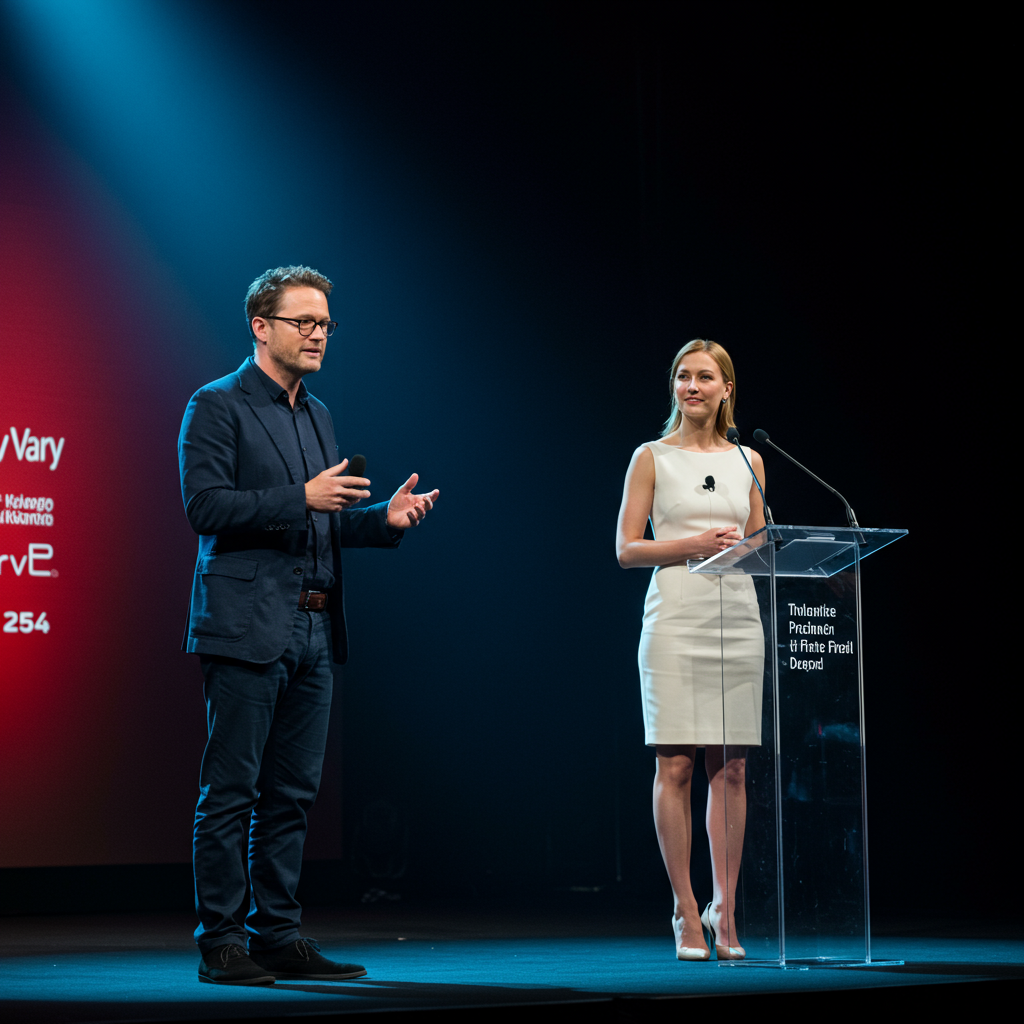After a monumental nearly four-decade tenure redefining the landscape of American fashion journalism, Anna Wintour is transitioning from her role as editor-in-chief of U.S. Vogue. The iconic figure, synonymous with the prestigious magazine, announced the shift to her staff on Thursday, June 26, 2025, at the age of 75, capping off 37 transformative years at the helm of the American edition.
However, contrary to some initial “breathless headlines,” this move is far from a full departure. Wintour is not leaving publisher Condé Nast nor stepping away from the Vogue brand entirely. Instead, she is scaling back her duties specifically related to the day-to-day management of the U.S. magazine.
A New Structure for U.S. Vogue
As part of this change, a new position is being created specifically for the American edition: Head of Editorial Content for U.S. Vogue. This individual will take over the primary operational responsibilities for the magazine. Notably, the traditional Editor-in-Chief title for American Vogue will not be filled.
This organizational change for American Vogue aligns with a broader, company-wide global restructuring that Condé Nast began implementing four years prior. Under this model, international Vogue titles already operate with a Head of Editorial Content who reports to a Global Editorial Director. The shift at the U.S. flagship brings it in line with this established global structure. The Head of Editorial Content for U.S. Vogue will report directly to Wintour in her continuing capacity as Global Editorial Director of Vogue.
Condé Nast stated that the creation of this dedicated editorial lead for U.S. Vogue is intended to grant Wintour “greater time and flexibility” to support the extensive network of global markets that the media giant serves.
Wintour’s Enduring Influence Across Condé Nast
While relinquishing the top U.S. editorial title, Anna Wintour will retain significant power and influence within the company. She continues in her overarching corporate roles as Global Editorial Director of Vogue and, crucially, as Condé Nast’s Global Chief Content Officer.
In her role as Chief Content Officer, Wintour oversees virtually all of Condé Nast’s global brands, a vast portfolio that includes major titles like Vanity Fair, Wired, GQ, Architectural Digest, Bon Appétit, Condé Nast Traveler, and many others, with the notable exception of The New Yorker. This broad purview underscores her central role in shaping the editorial direction and strategy for the company worldwide.
Beyond her corporate titles, Wintour will also remain deeply involved in high-profile brand events. She will continue to oversee the iconic annual Met Gala, a major fundraiser for the Metropolitan Museum of Art’s Costume Institute and a paramount event on the global fashion calendar. She will also remain involved with Vogue World, the brand’s traveling fashion and cultural event series.
A Legacy of Transformation at American Vogue
Anna Wintour’s impact during her decades as editor-in-chief of American Vogue is undeniable. She is widely credited with reinventing the publication, transforming what had become an increasingly predictable title into a powerful cultural force capable of shaping trends and elevating designers’ careers.
She pioneered bold editorial decisions that broke with tradition. Her first cover in November 1988, featuring Israeli model Michaela Bercu in stonewashed jeans alongside a Christian Lacroix couture top, was revolutionary for its time, marking the first appearance of denim on a Vogue cover and setting a tone for hundreds of subsequent issues that mixed high fashion with more accessible elements. She also broke a century-old tradition by featuring a man on the cover (Richard Gere with Cindy Crawford in 1992).
Wintour modernized the magazine by making the strategic — and then controversial — move of featuring celebrities on covers, a practice now commonplace but revolutionary at the time. She championed countless emerging design talents, playing a key role in the early careers of figures like Marc Jacobs, Alexander McQueen, and John Galliano. Under her leadership, the Vogue brand also significantly expanded its global footprint by launching numerous international editions.
A Strategic Evolution, Not Retirement
Framing the change positively, Wintour told staff about the importance of continuous growth in creative fields and expressed pleasure in supporting the “next generation of impassioned editors.” She light-heartedly referenced her long-standing interests, joking that she plans to remain Vogue’s “tennis and theater editor in perpetuity.”
While the changing of the guard at the top of American Vogue’s daily operations marks a significant moment, particularly opening a coveted position for new leadership in the industry, Wintour’s continued presence as Global Editorial Director and Chief Content Officer means her influence on the brand and the wider company remains paramount. This move solidifies her position as a strategic leader overseeing Condé Nast’s vast global content empire, supported by a new operational head for the American flagship she so dramatically shaped.



